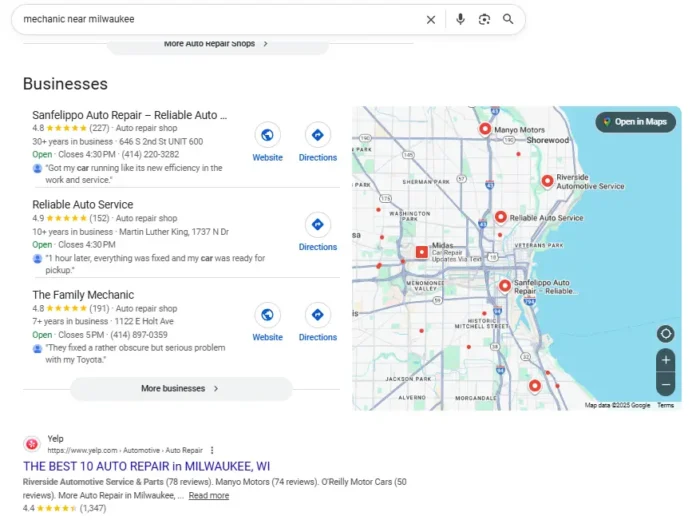Air Canada: Q1 Corp. Demand 'Stable'
Demand for transborder travel in the first quarter declined for Air Canada, but so far "corporate demand on the U.S. still remains stable," chief commercial officer Mark Galardo said on a Friday morning earnings call.

Demand for transborder travel in the first quarter declined for Air Canada, but so far "corporate demand on the U.S. still remains stable," chief commercial officer Mark Galardo said on a Friday morning earnings call.
"We have not at this point in time cut any key business flights on key routes, like Toronto-New York, Toronto-Chicago, etc.," Galardo said. "We still have a very well-diversified schedule that promotes corporate recovery."
Still, first-quarter "uncertainty relating to the imposition of U.S. tariffs and related countermeasures," and a weaker Canadian dollar compared with the U.S. dollar, "primarily impacted demand for air services on U.S. routes, notably to U.S. leisure destinations," Air Canada said in a first-quarter earnings report in which it cited a 3 percent year-over-year decline in passenger revenue.
"On the U.S. right now, our capacity is down roughly, depending on the month, anywhere from 8 percent to 10 percent" year over year, Galardo said. "I think we'll see that continue through Q3 and possibly into Q4."
U.S. transborder passenger revenue in the quarter was $991 million, a 5 percent decrease year over year, according to the carrier. Load factor declined about 2 percentage points for the period. "Lower transborder capacity also contributed to the year-over-year revenue decrease and was partially offset by higher yields across the transborder network," according to Air Canada.
"There are three types of customers that we carry on transborder: point of commencement Canada, point of commencement U.S., and then corporate traffic," Galardo said. "Corporate traffic has remained stable. At point of commencement U.S. traffic to Canada, there's a slight decline, but it's really point of commencement Canada to U.S. where we see a decline in the low teens [percentages]."
Air Canada Q1 Metrics
Air Canada reported first-quarter passenger revenue of C$4.3 billion, a 3 percent decline year over year, on total revenue of C$5.2 billion, which declined 1 percent. The company's net loss was C$102 million compared with a net loss of C$81 million a year prior.
Capacity for the carrier declined 0.4 percent year over year during the quarter. Capacity for the U.S. transborder segment was down 4.4 percent, while Canadian domestic capacity increased 4.4 percent. Fuel costs were nearly C$0.98 per liter.
Second-quarter guidance includes a projected capacity increase of 2 percent to 2.5 percent year over year. Air Canada also updated its full-year 2025 outlook "to account for the recent trends in the commercial environment and fuel price expectations." Full-year capacity now is projected to increase 1 percent to 3 percent versus 2024 compared with prior guidance of an increase of 3 percent to 5 percent.

 FrankLin
FrankLin 






























